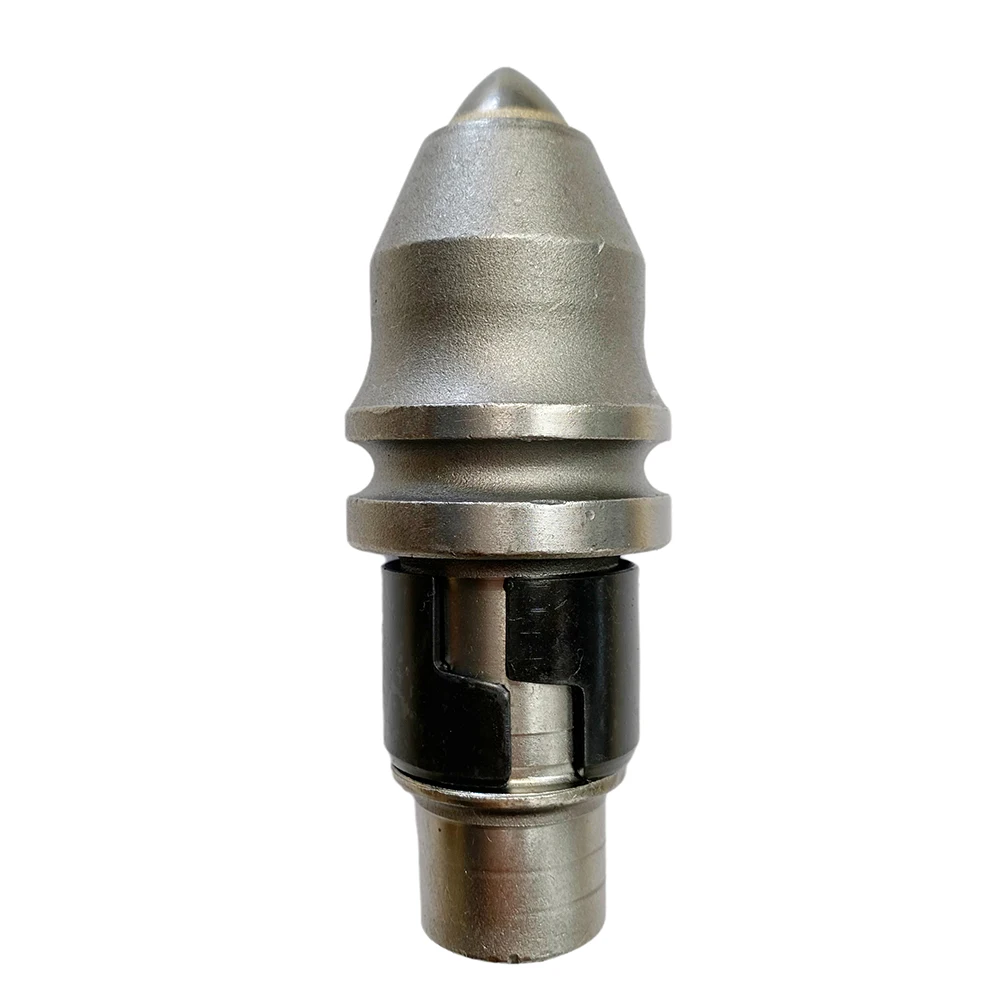The Role of Bullet Teeth in Hard Rock Drilling Efficiency
Material Composition and Its Impact on Bullet Teeth Durability
Why Tungsten Carbide Significantly Improves Wear Resistance
Bullet teeth coated with tungsten carbide last way longer before wearing down, sometimes three times as long as regular steel versions according to field tests. The reason? Tungsten carbide is super hard stuff, sitting somewhere between 1800 and 2400 on that Vickers hardness scale we all know about. This makes it stand up much better against abrasive materials when drilling through tough formations. As a tip material, tungsten carbide keeps working effectively even when subjected to massive pressure forces. We see less deformation happening and fewer chips breaking off while boring into rock layers. Industry standards like ISO 5627 from 2020 back this up showing that tools with carbide tips maintain their shape over time. That means cleaner holes get drilled consistently without needing constant reaming adjustments later on.
Durability as a Driver of Long-Term Cost Savings
Hidden Costs of Frequent Replacement with Low-Grade Bullet Teeth
Using low quality bullet teeth in hard rock drilling might seem cheaper at first glance, but it actually ends up costing companies more money in the long run. The upfront price tag is around 30 to 50 percent less than what premium options would cost, but this saving disappears fast when factoring in all the extra downtime and labor needed to fix problems. According to research from Ponemon Institute back in 2023, every hour the equipment sits idle waiting for replacement parts costs between $120 and $180, which really messes up production timelines and puts pressure on maintenance crews. Looking at data collected across several Australian mines in 2024 shows just how big the difference is. Machines fitted with poor quality teeth needed nearly ten replacements per year on average, whereas those with better carbide enhanced teeth only required about two changes annually. That means losing well over 140 hours of productive work time yearly simply because of bad components. So when looking at the bigger picture, investing in higher quality materials makes sense for keeping operations running smoothly and protecting bottom line profits.
Reducing Downtime and Maintenance with Premium Bullet Teeth
Tungsten carbide tipped bullet teeth last around 80% longer than regular ones, which means workers don't have to replace bits so often and rigs spend less time sitting idle. The extra tough construction also means there's less need for maintenance work, and this protects other parts like drill rods and stabilizers from getting worn out prematurely. Major mining companies report that when they switch to premium carbide systems, their scheduled maintenance drops almost 40%. This lets drilling operations run continuously without those annoying stoppages. These teeth keep cutting effectively for much longer, so penetration rates stay high throughout projects. Less downtime means better productivity overall and helps manage costs more predictably across different sites.
FAQ
What is the Vickers hardness scale?
The Vickers hardness scale is a standard used to measure the hardness of materials. It assigns a numerical value that indicates a material's resistance to indentation, with higher numbers representing harder materials.
Why are tungsten carbide bullet teeth more durable?
Tungsten carbide is much harder than steel or other commonly used materials, which makes it extremely resistant to wear in abrasive environments like hard rock drilling. This contributes to longer-lasting tools, reducing the frequency of replacements.
Are premium bullet teeth cost-effective?
Yes, while upfront costs may be higher, premium bullet teeth help reduce downtime and maintenance costs over time, leading to long-term savings by maintaining efficiency and reducing operational disruptions.


